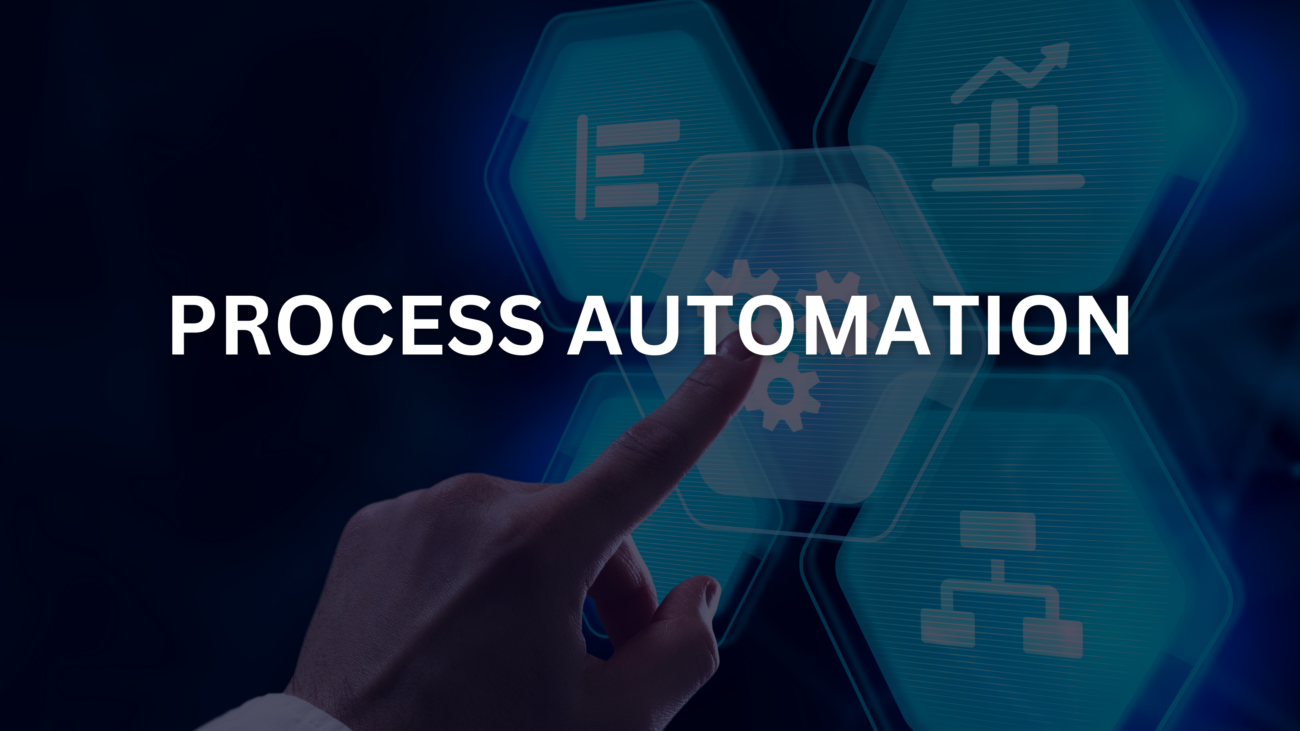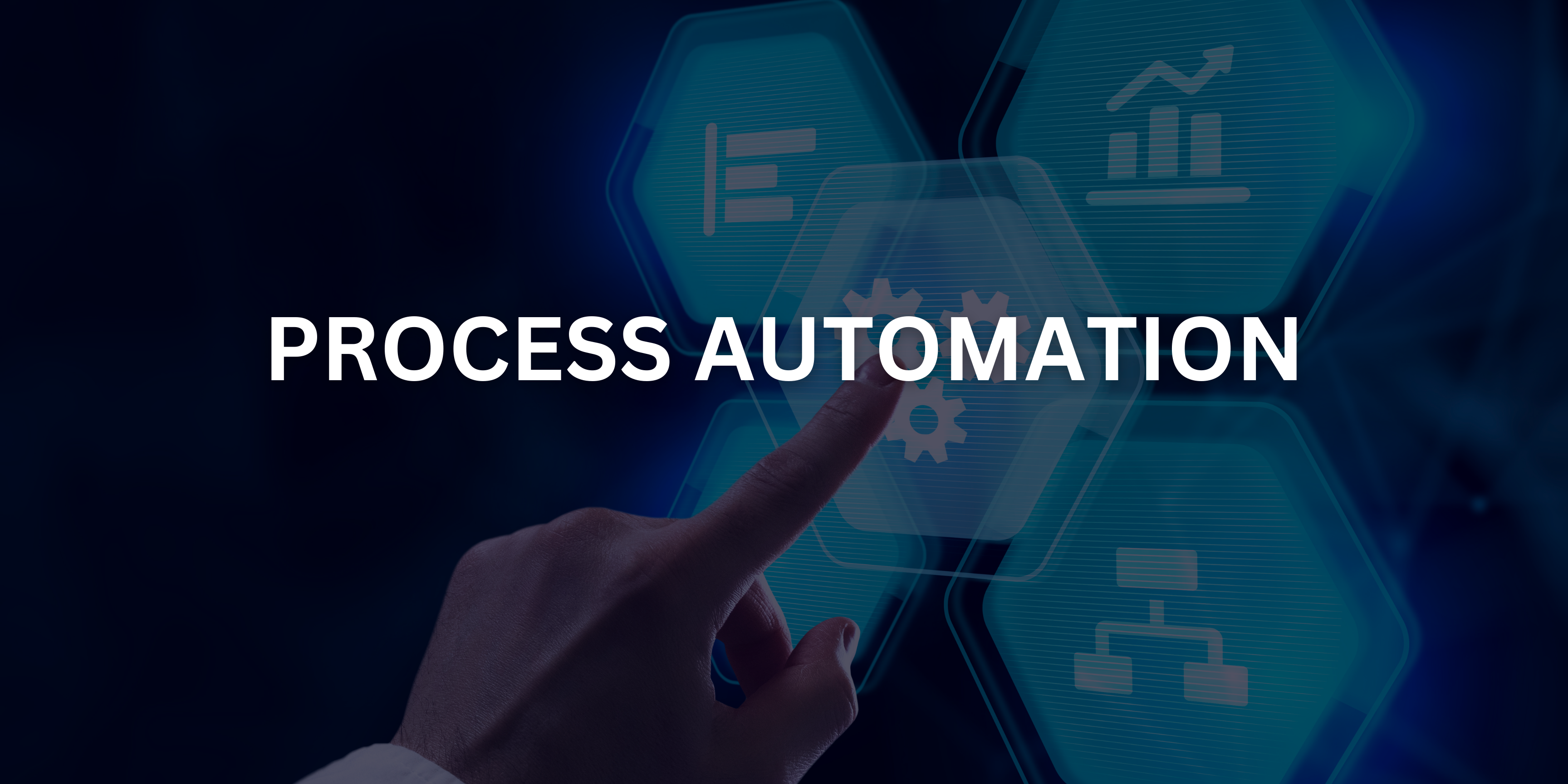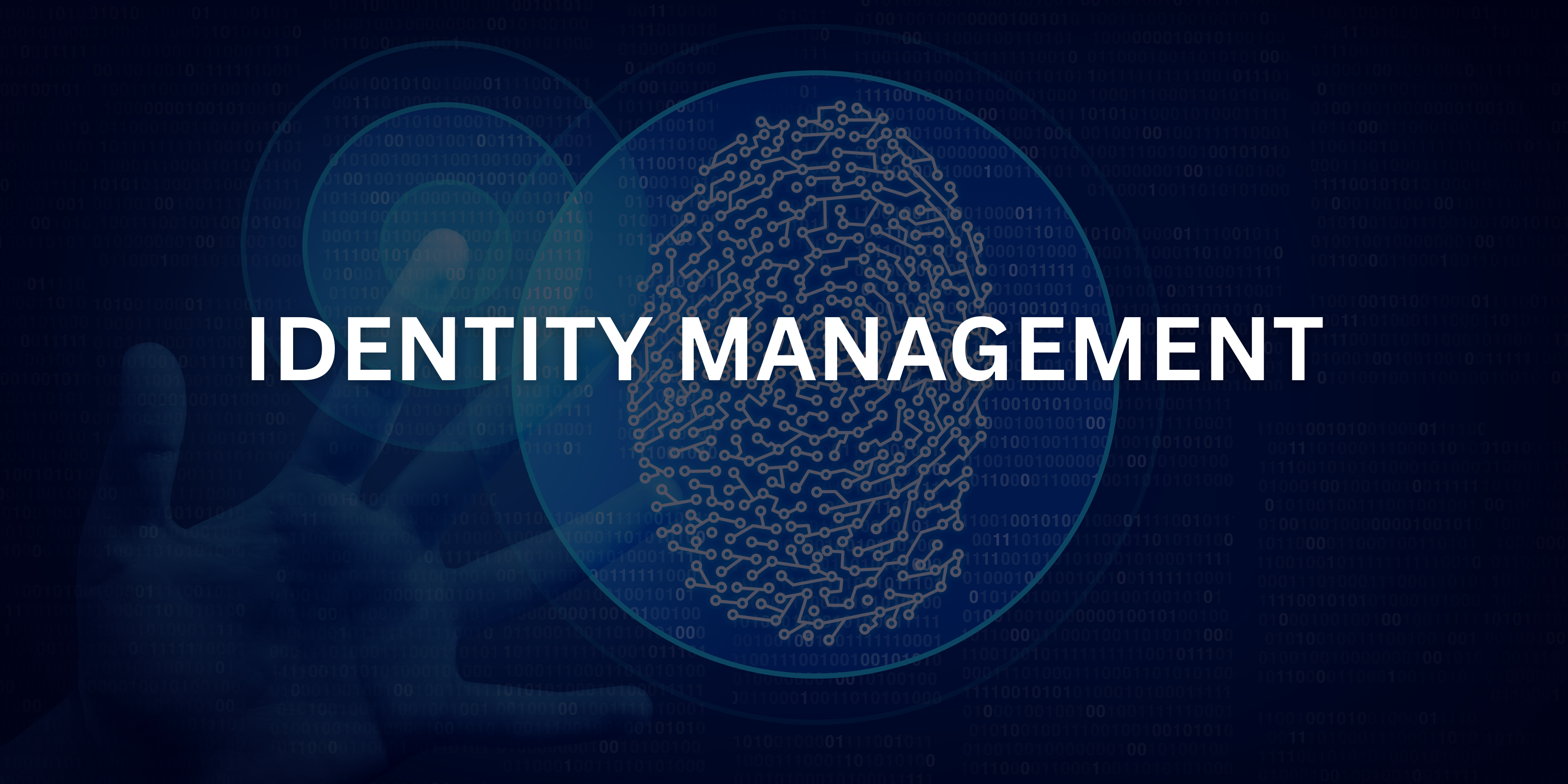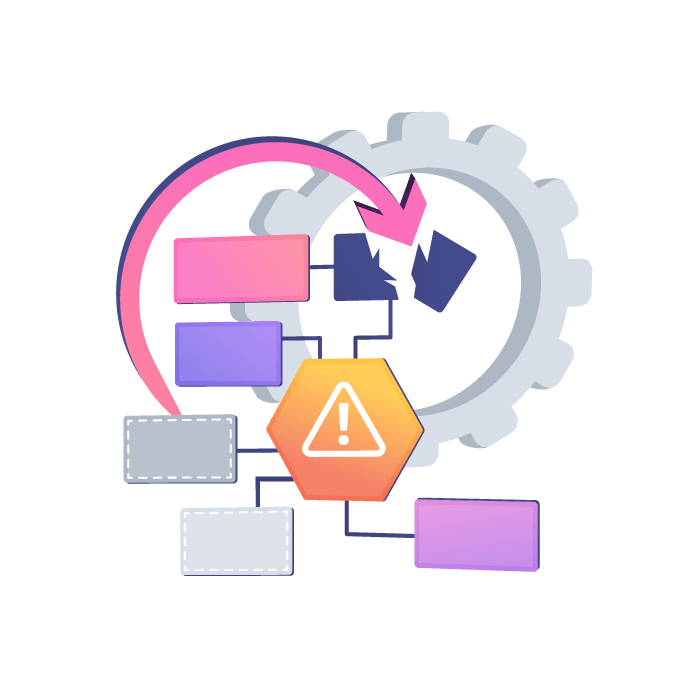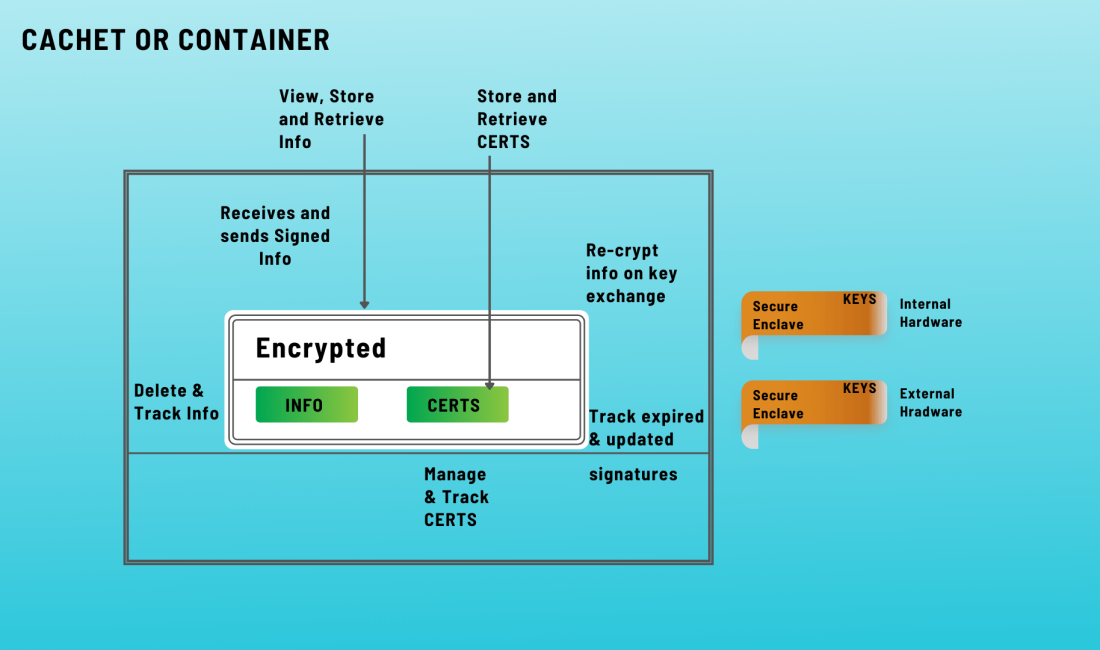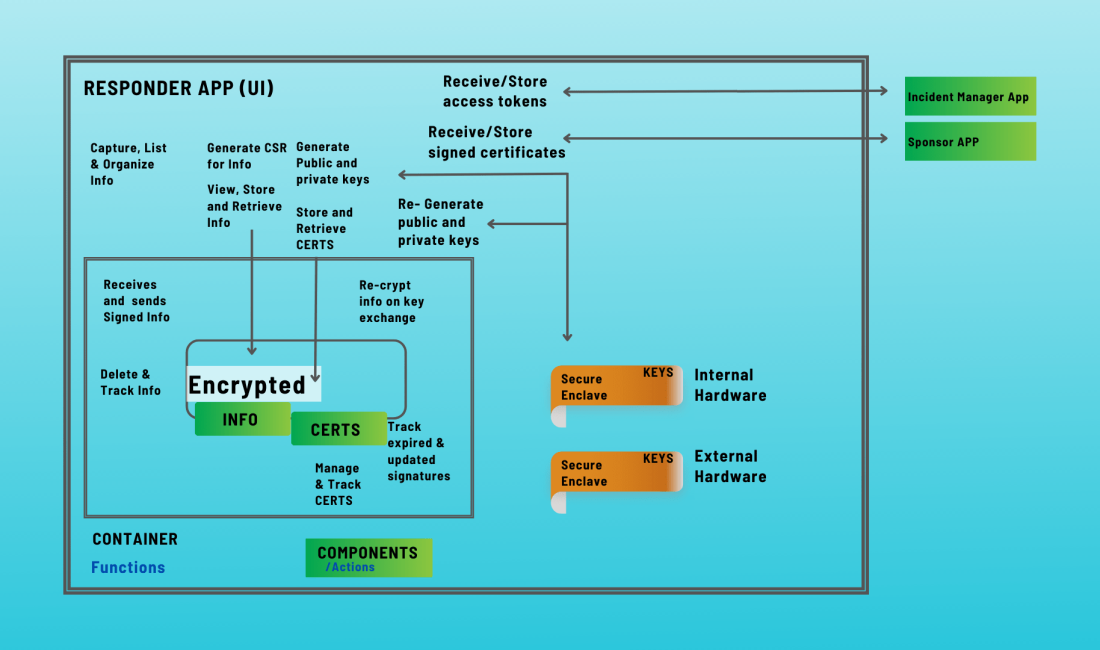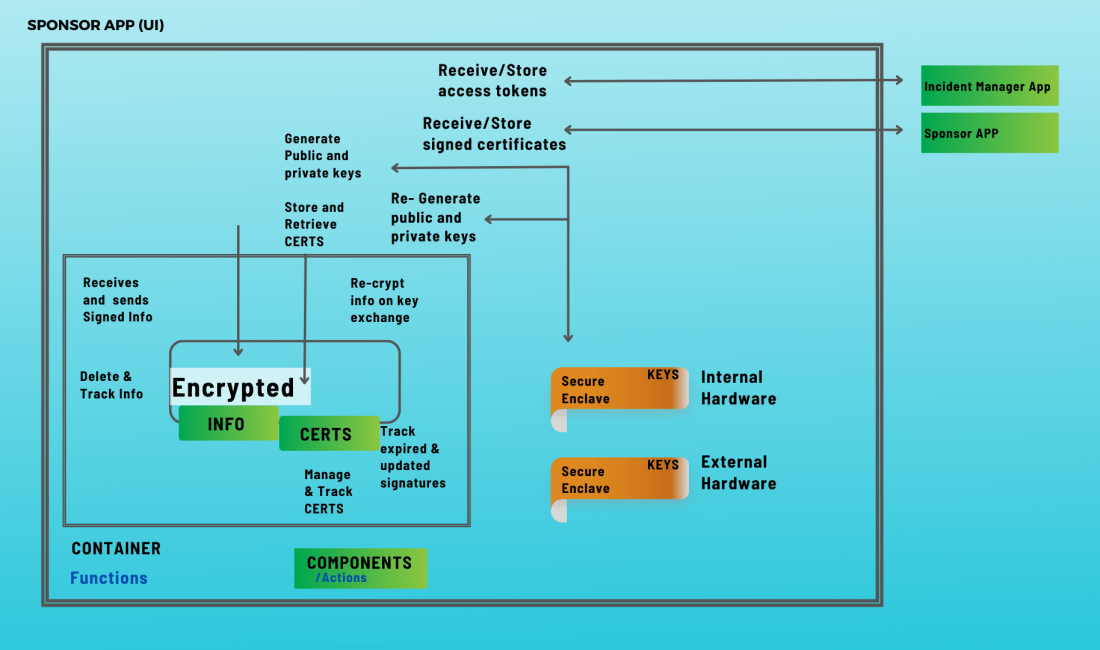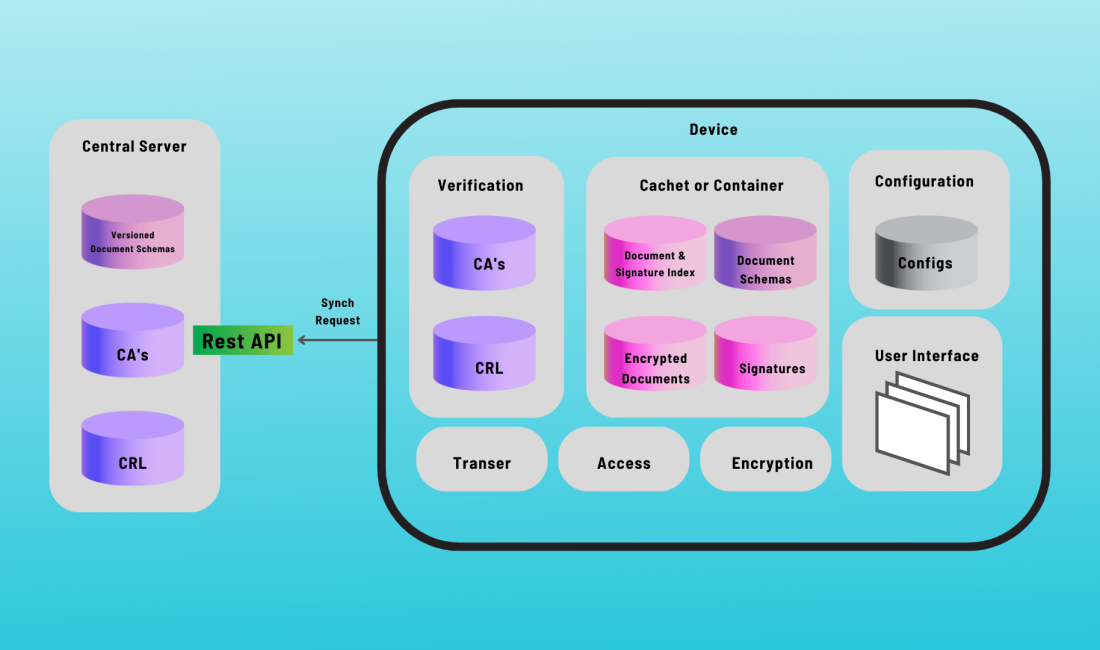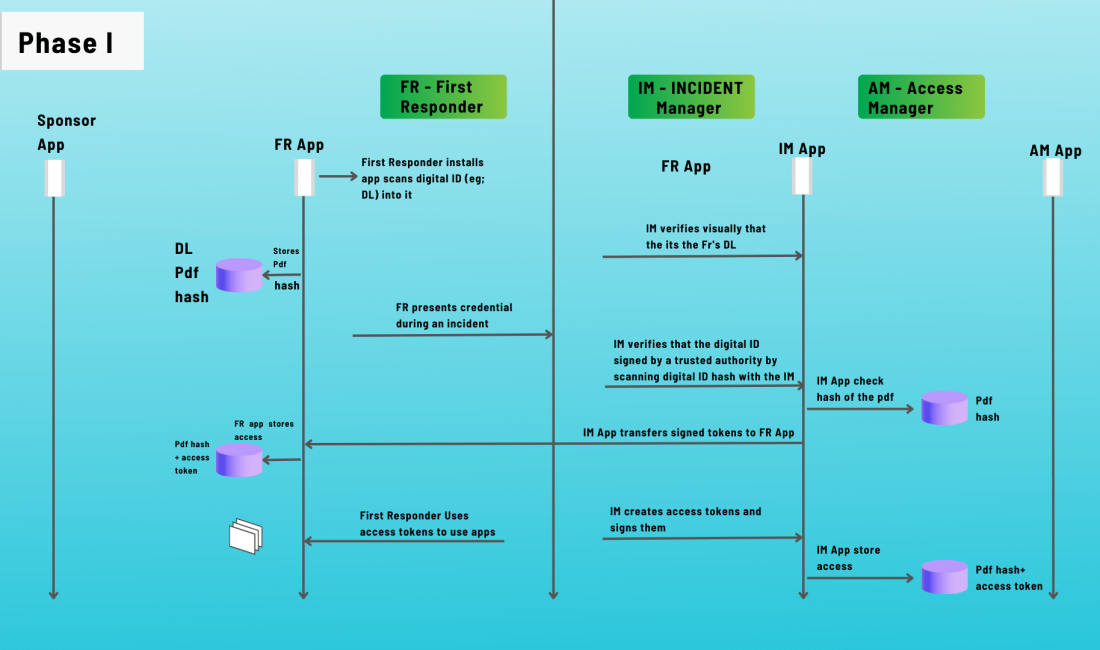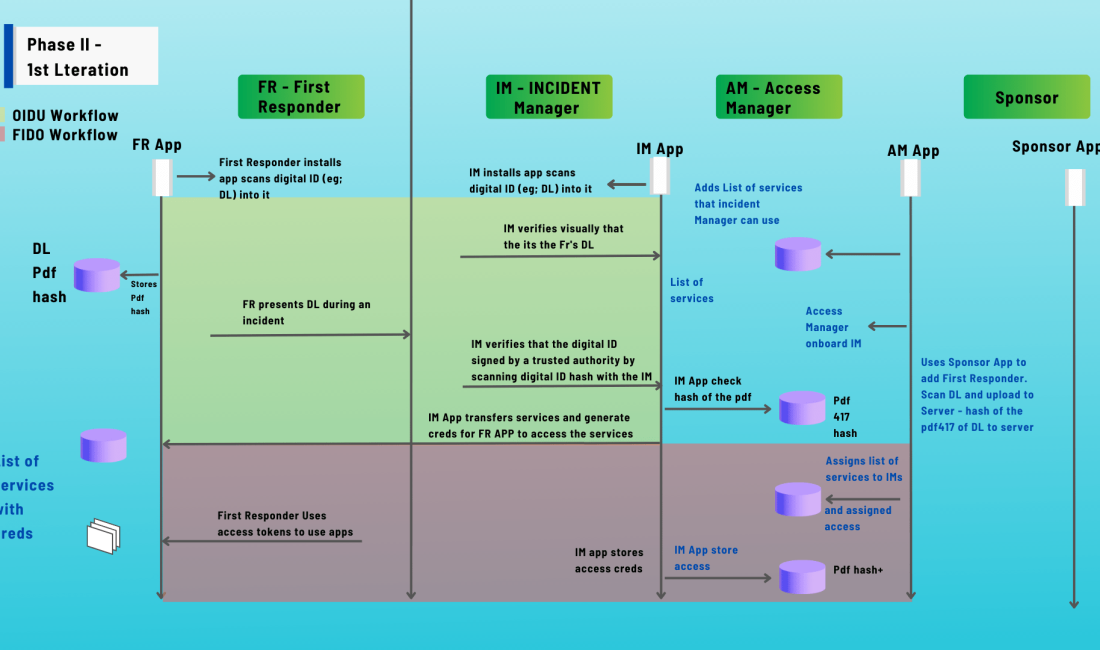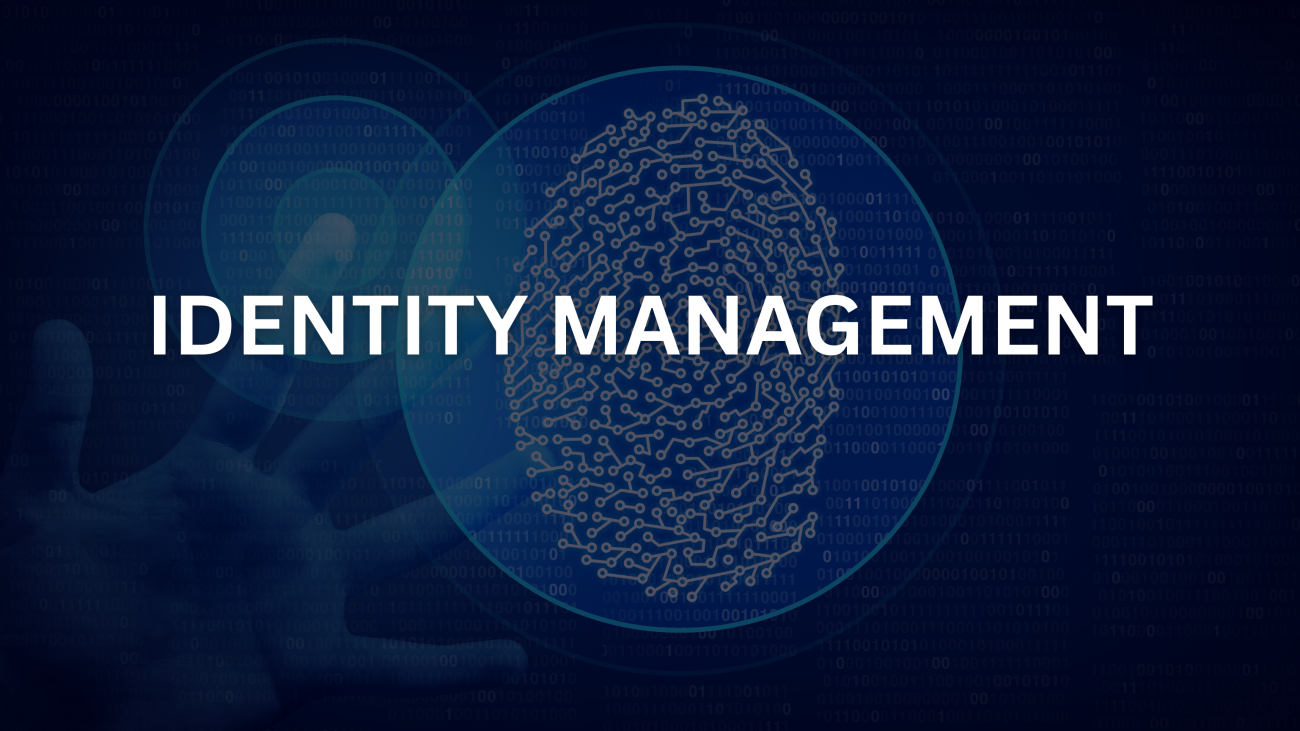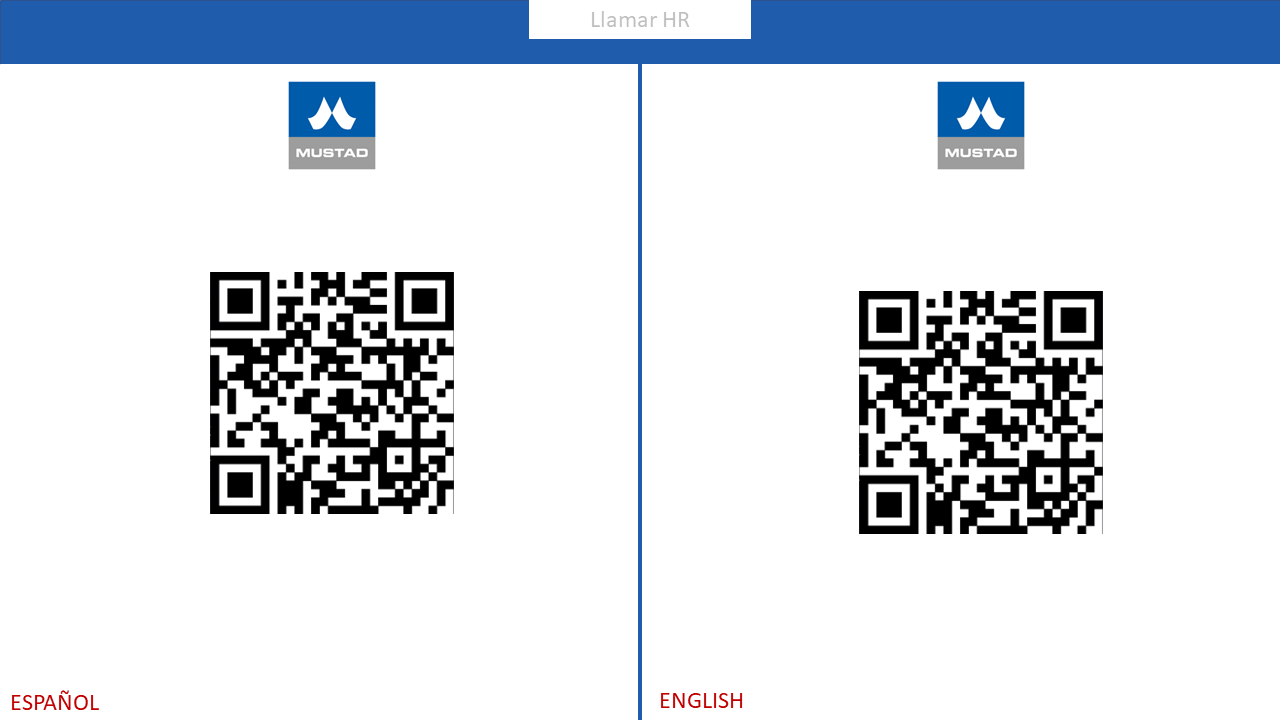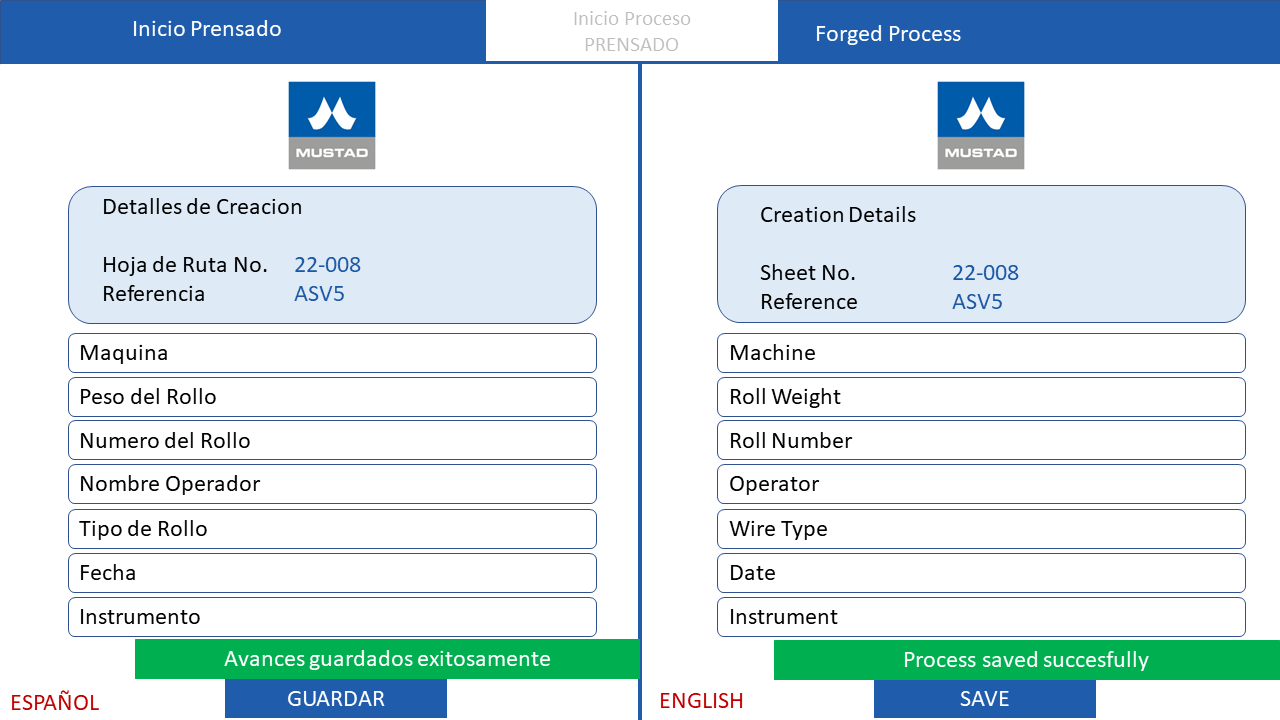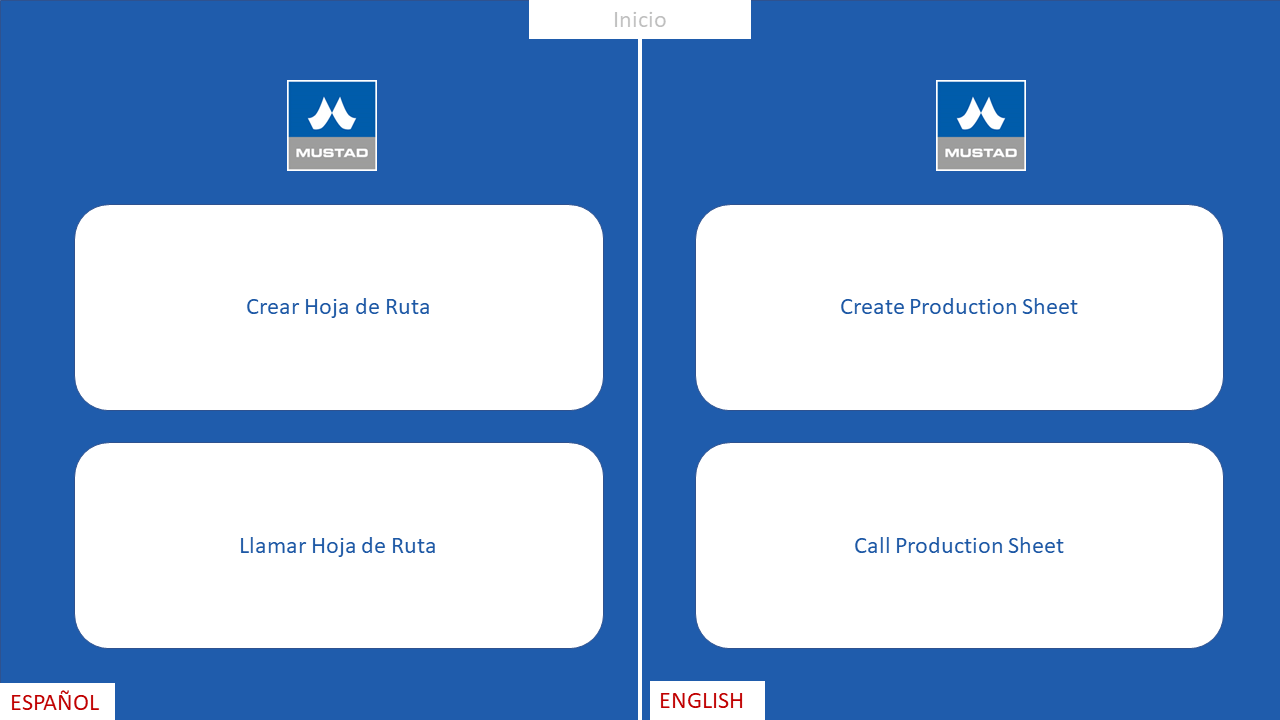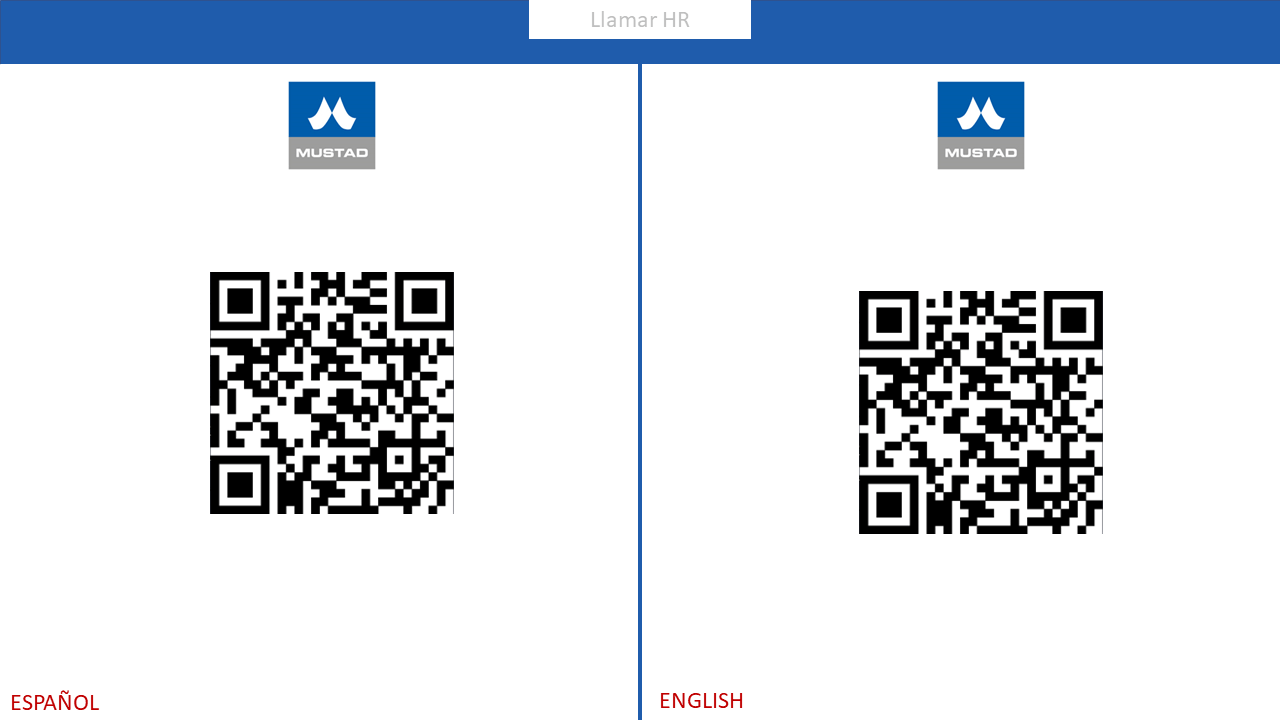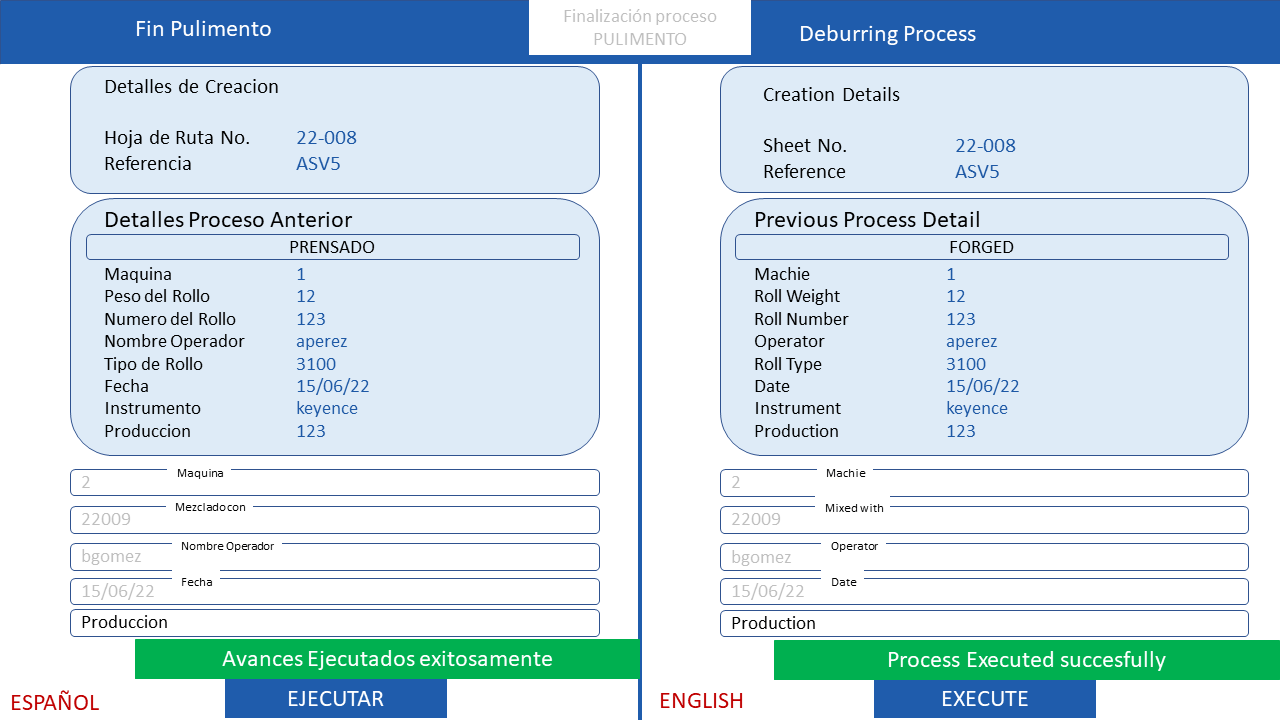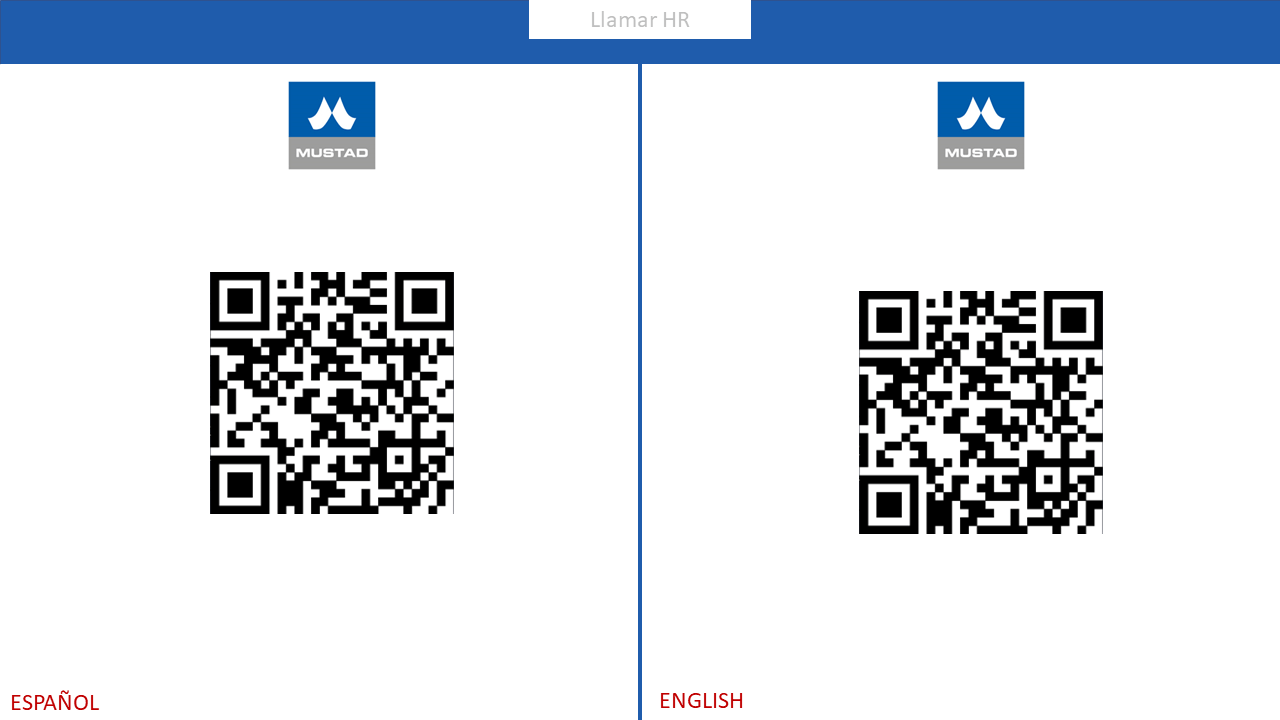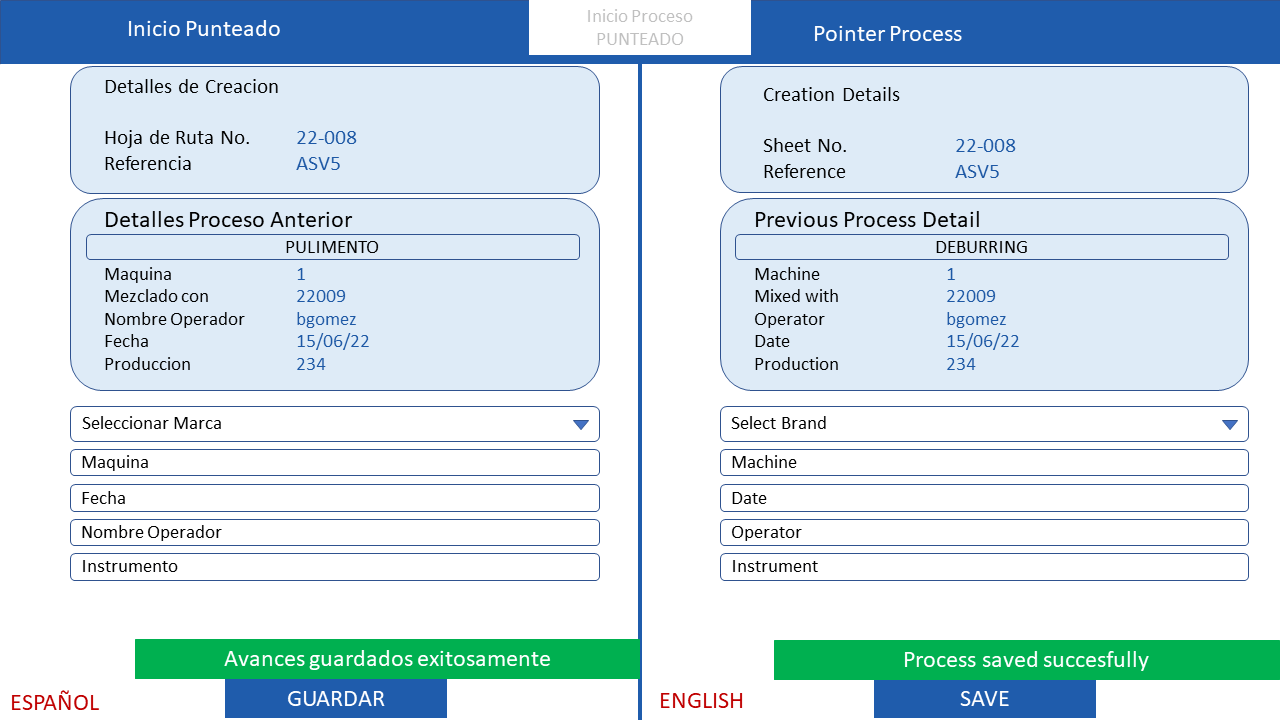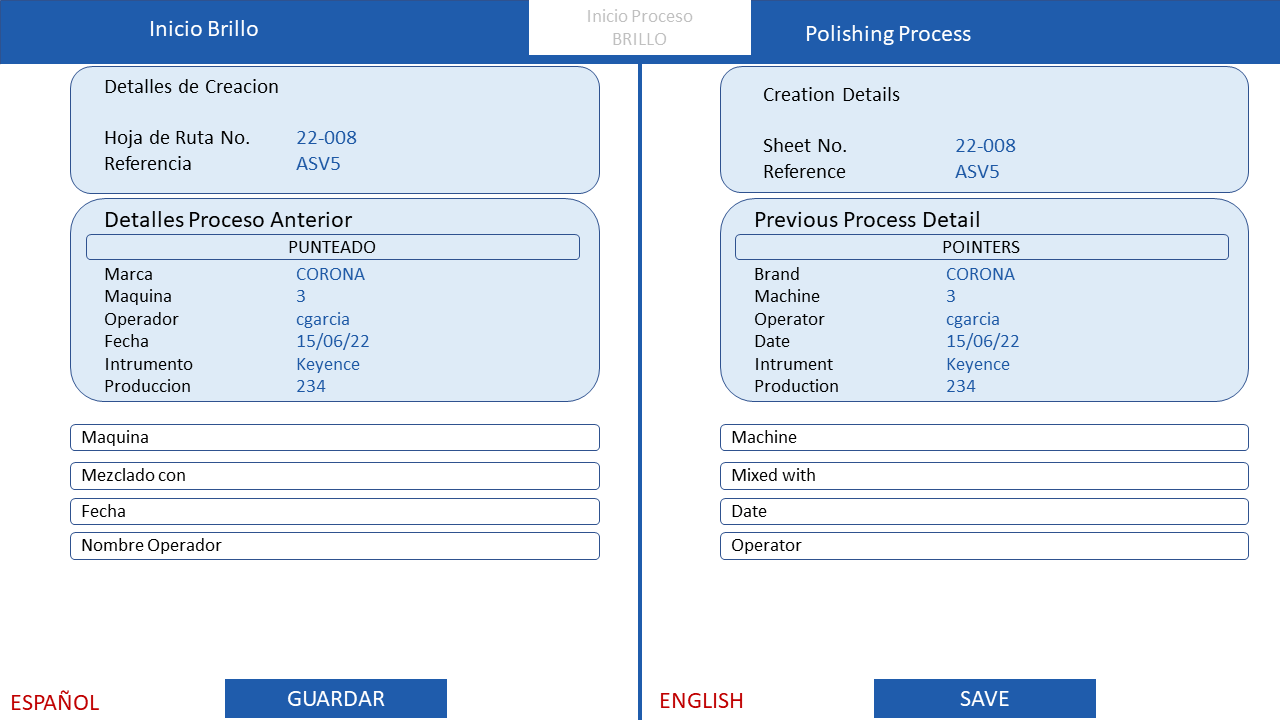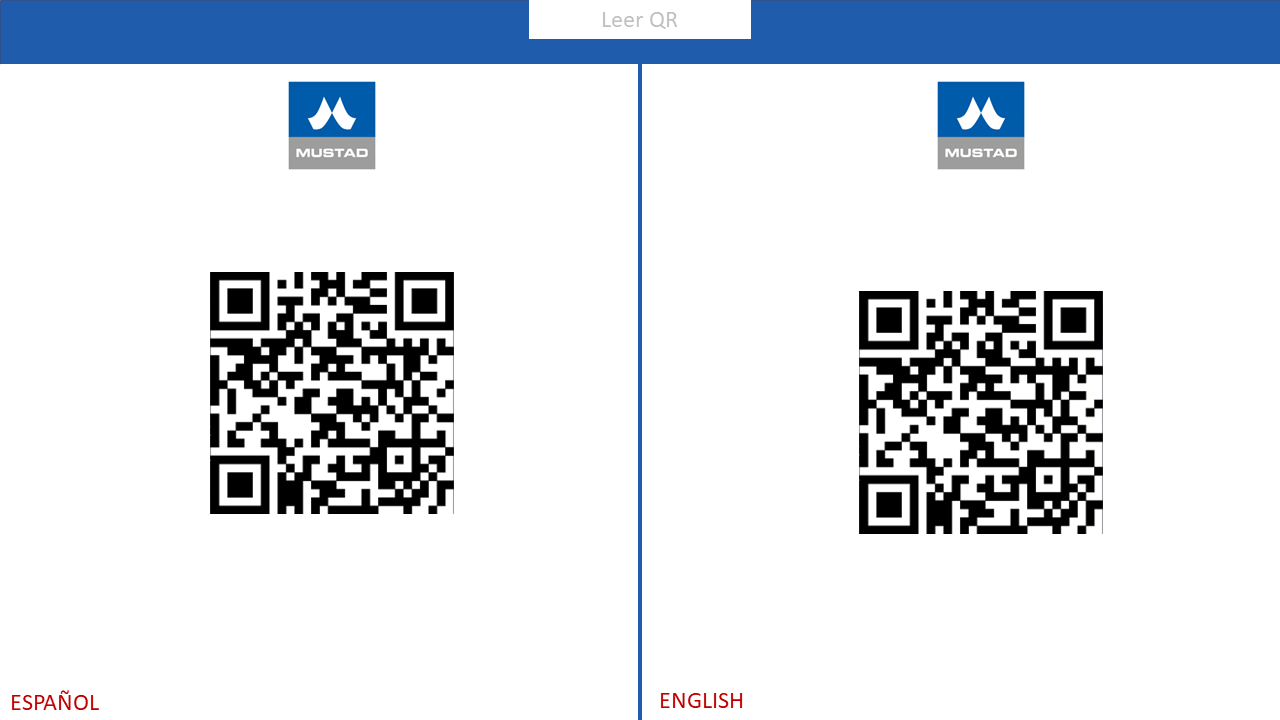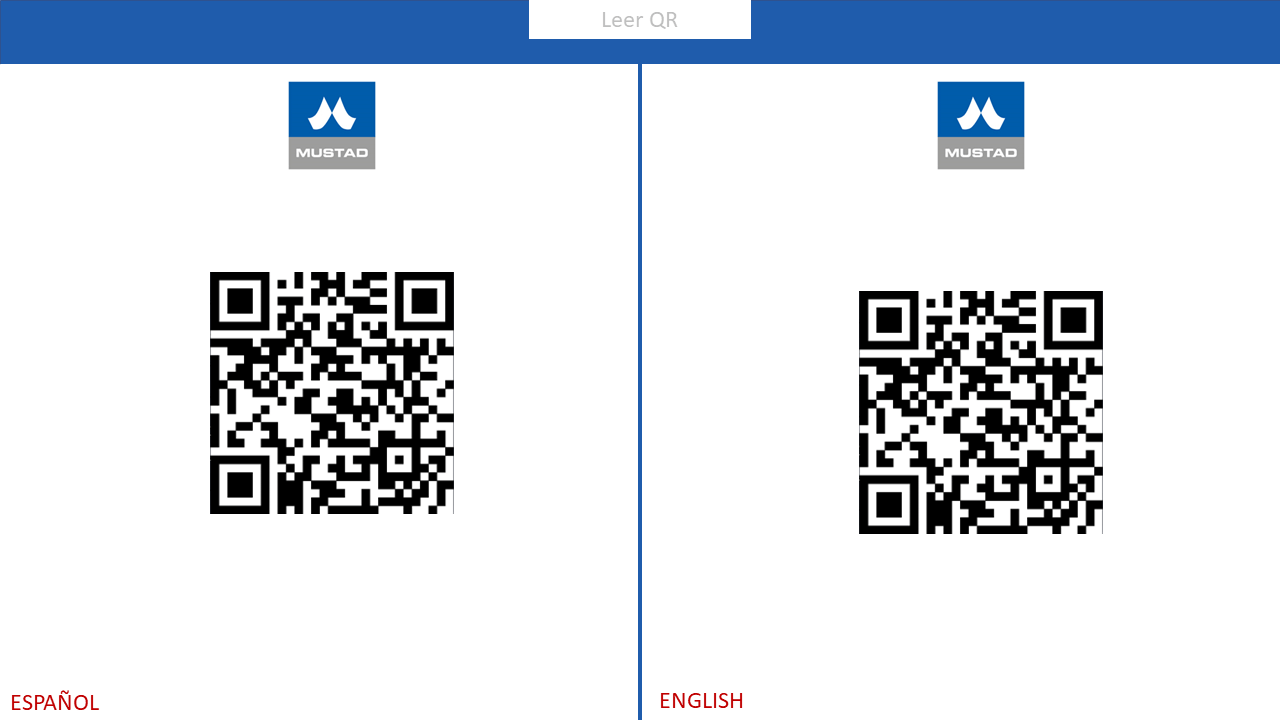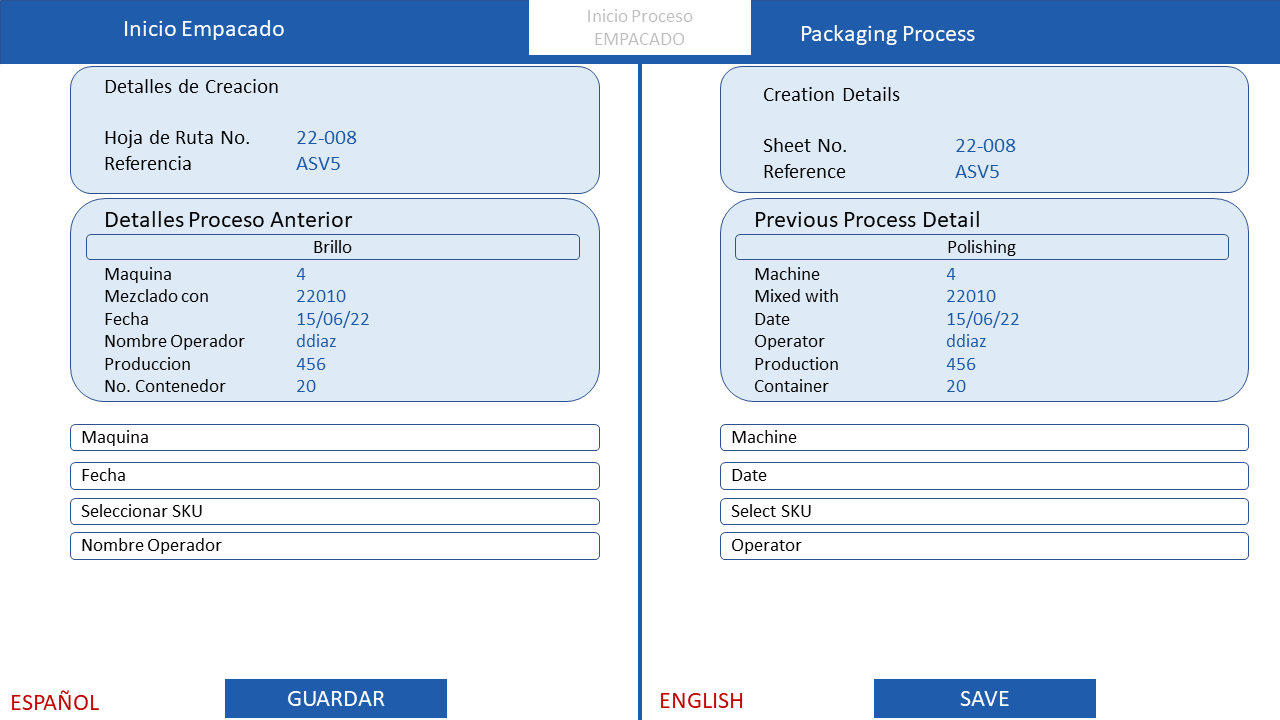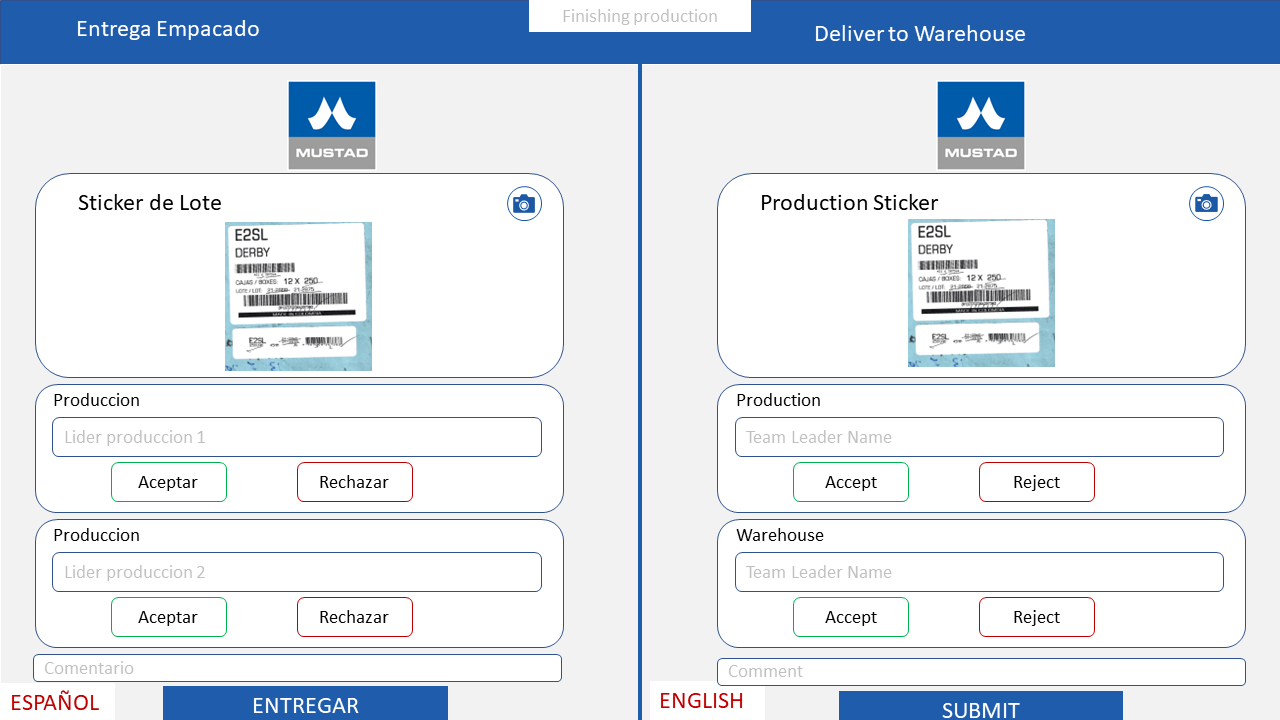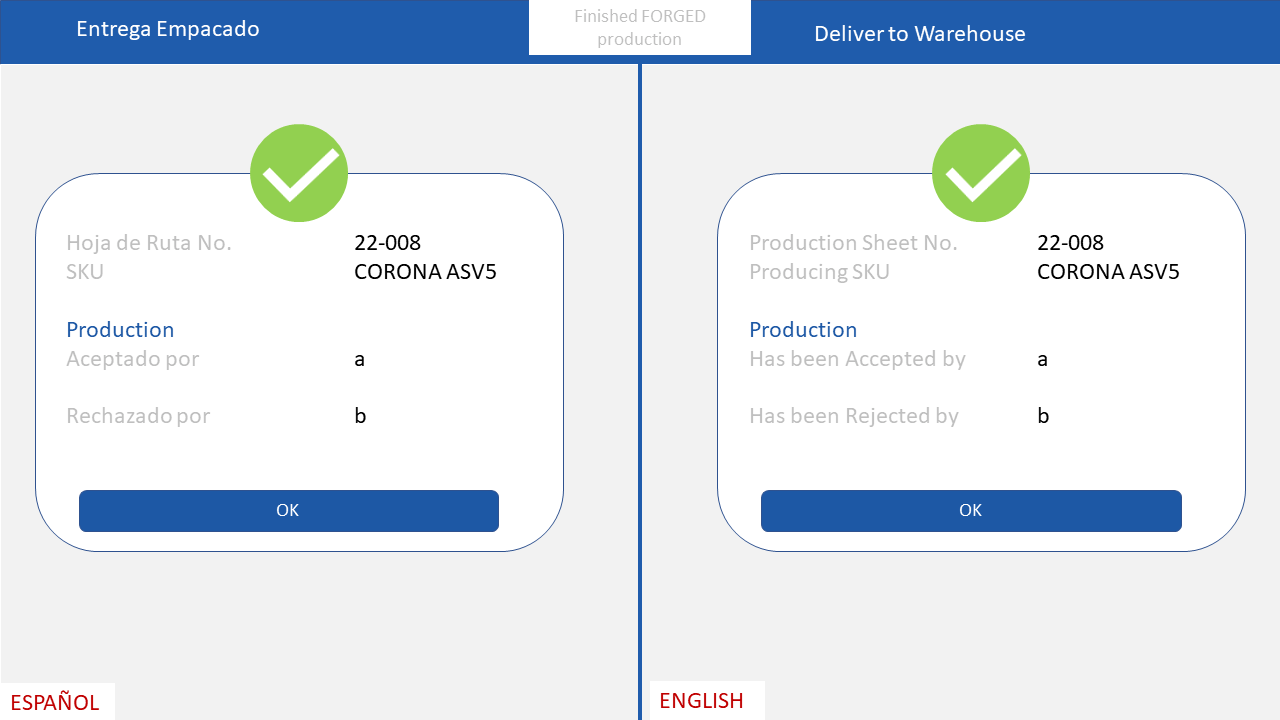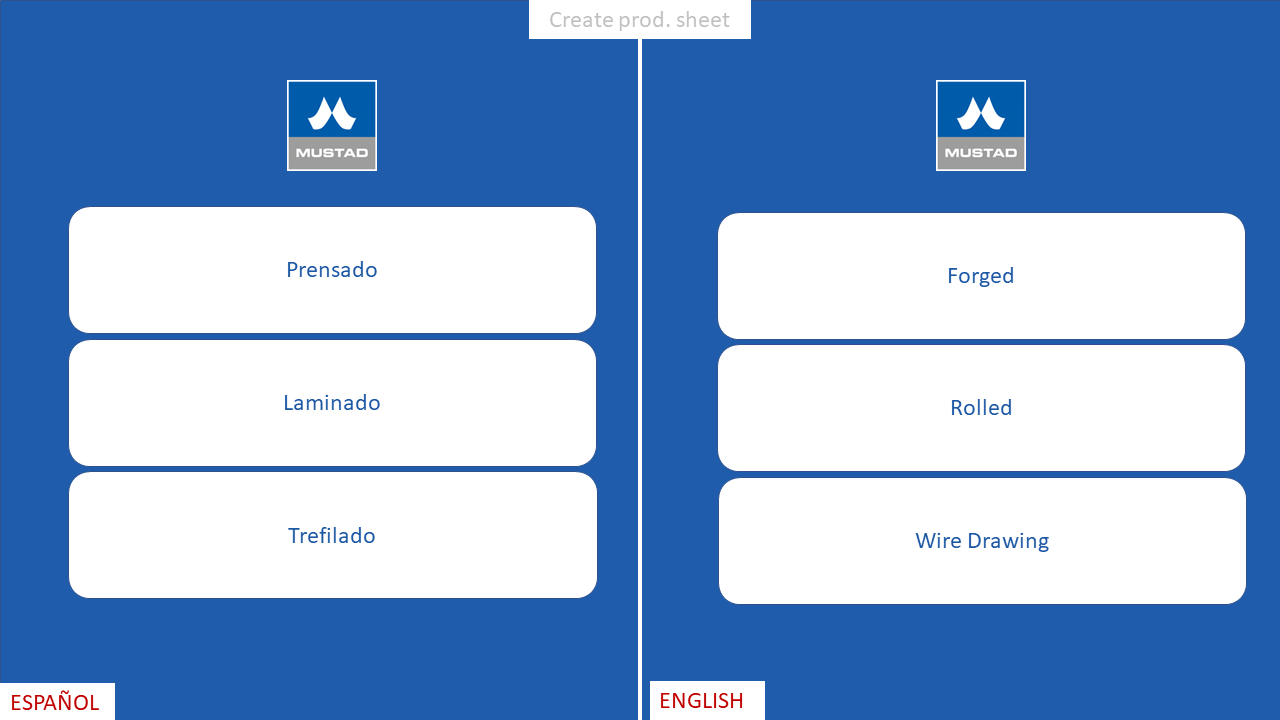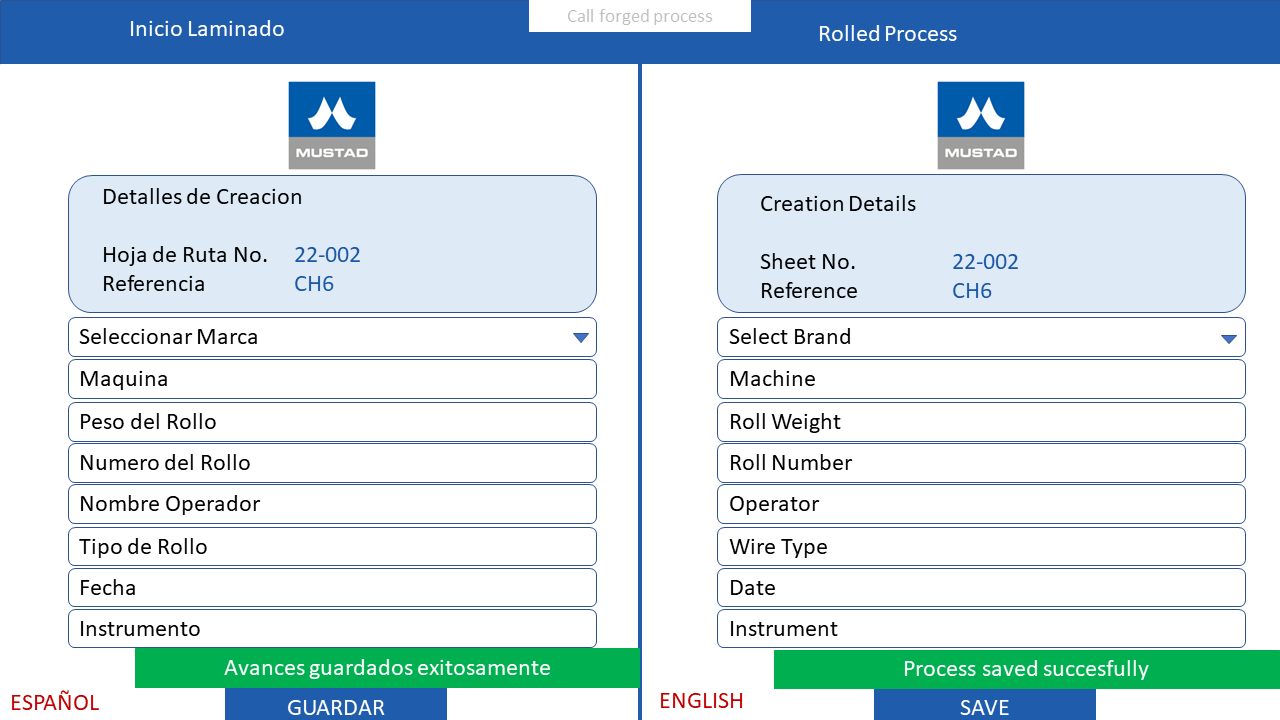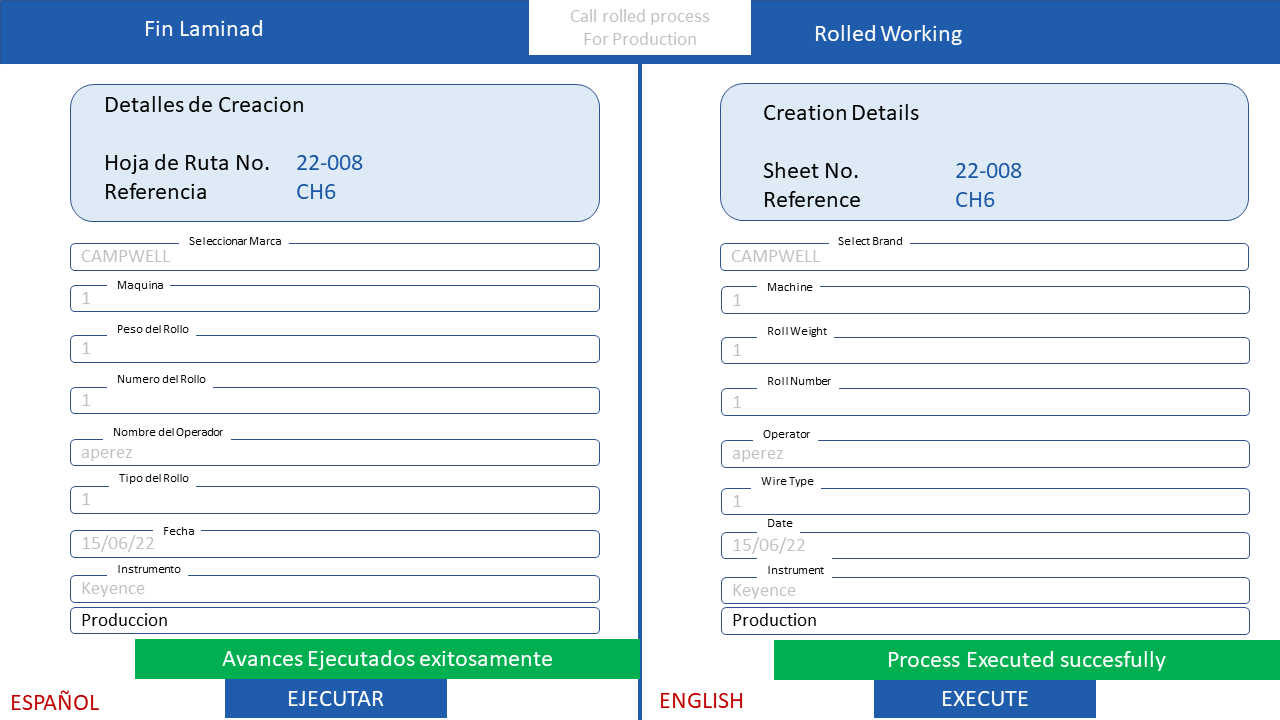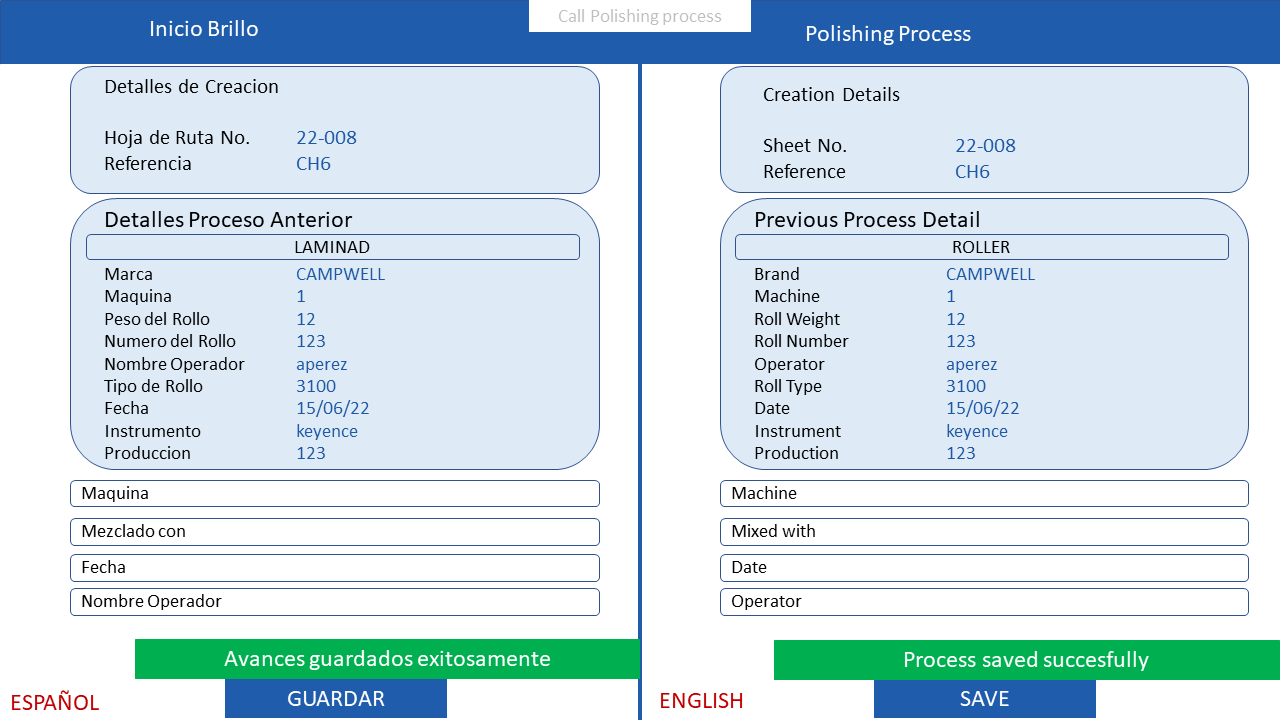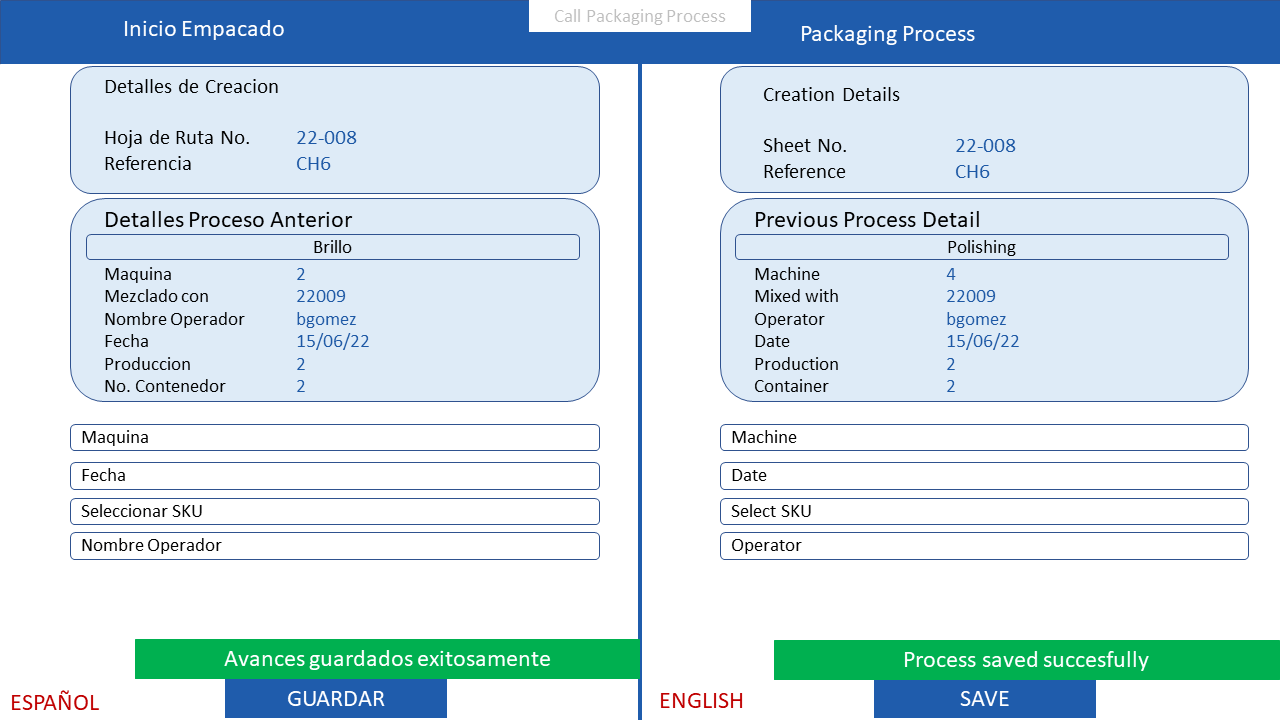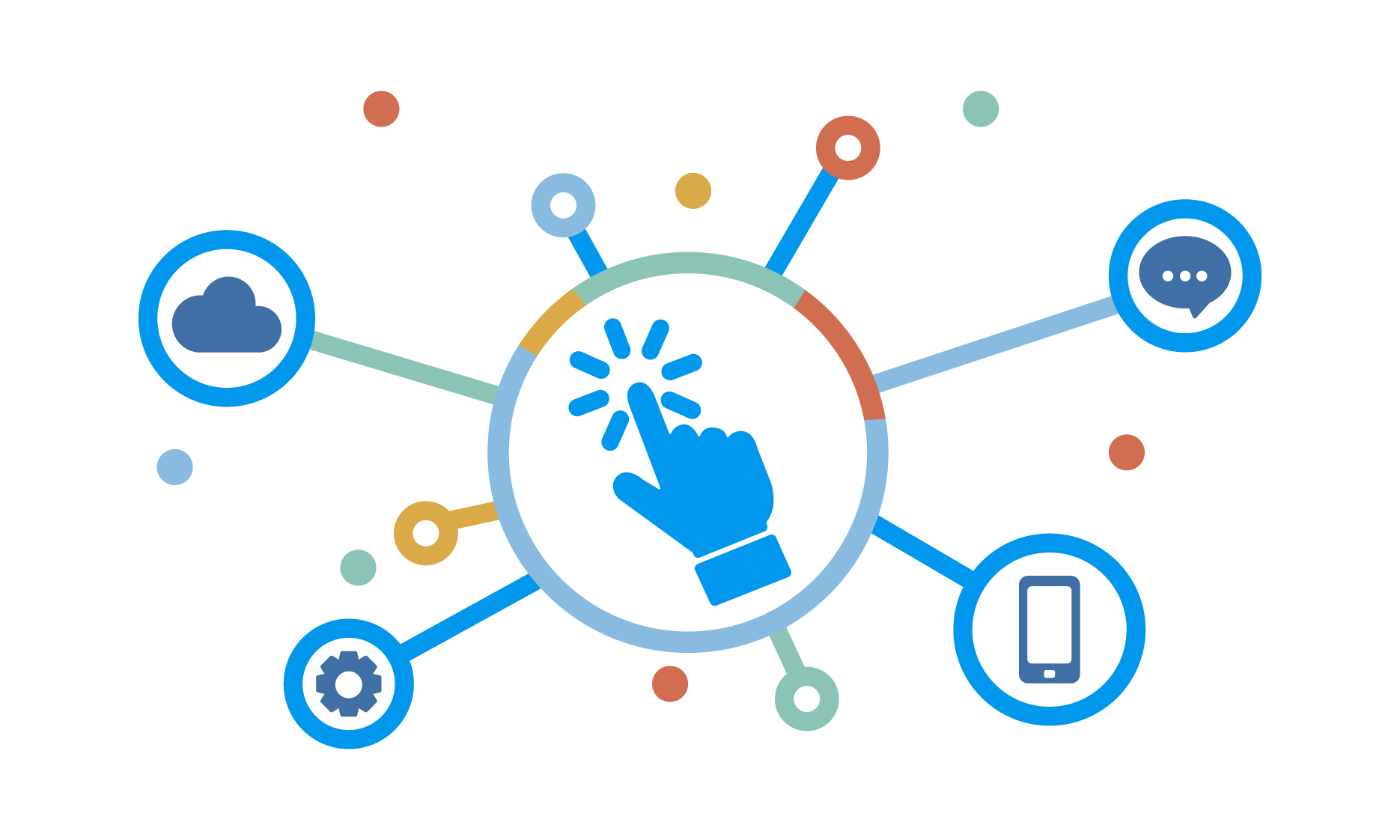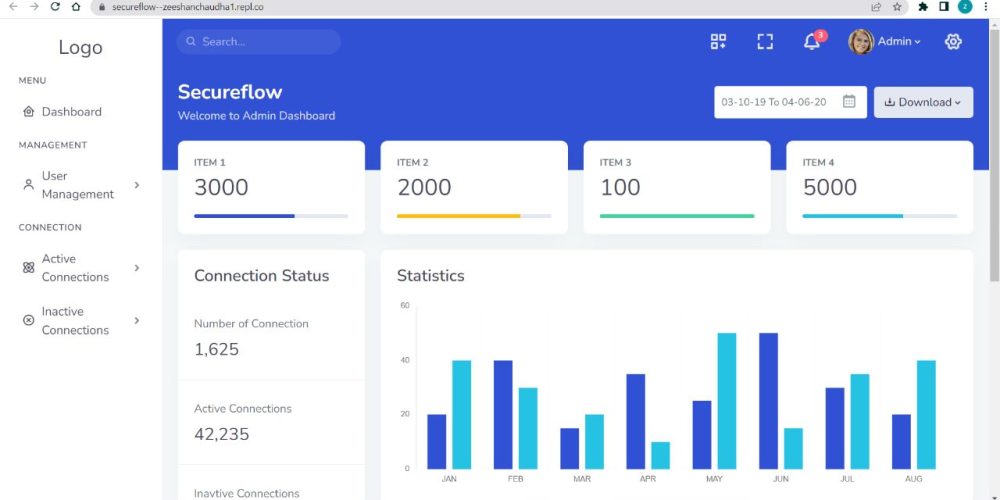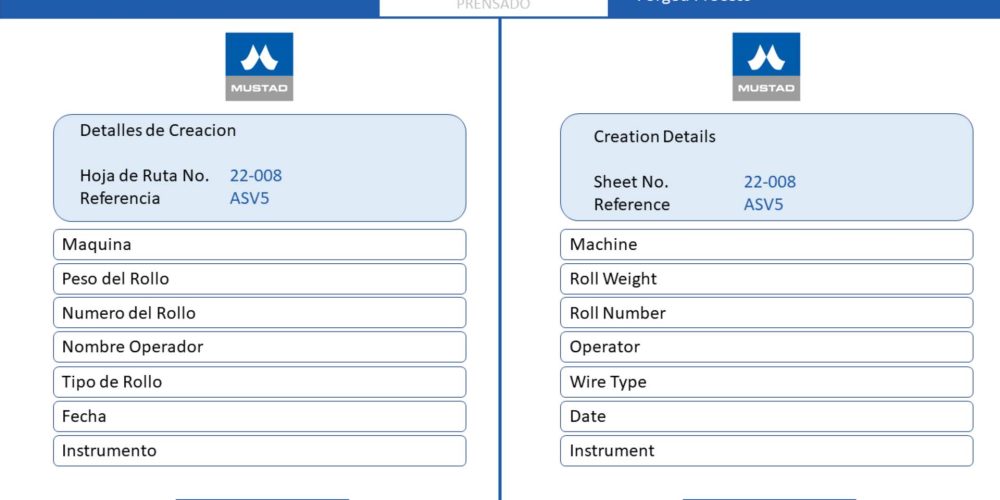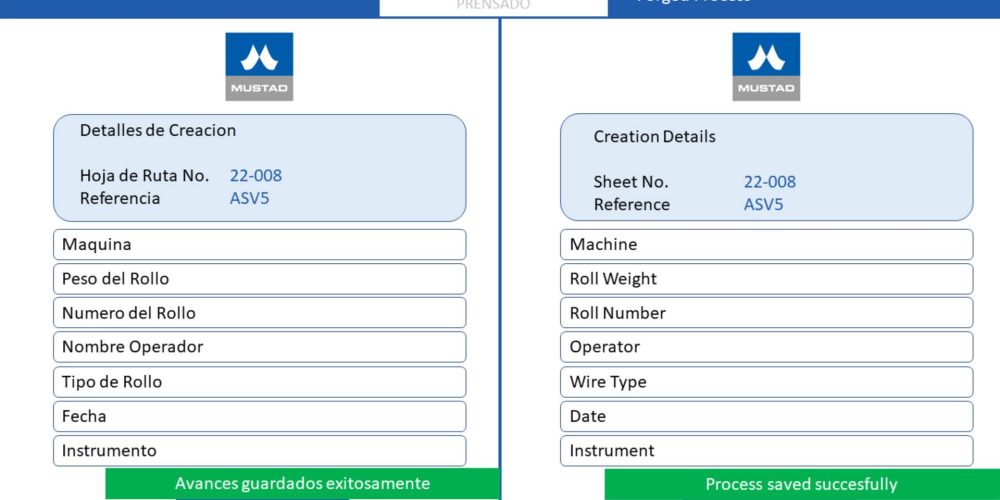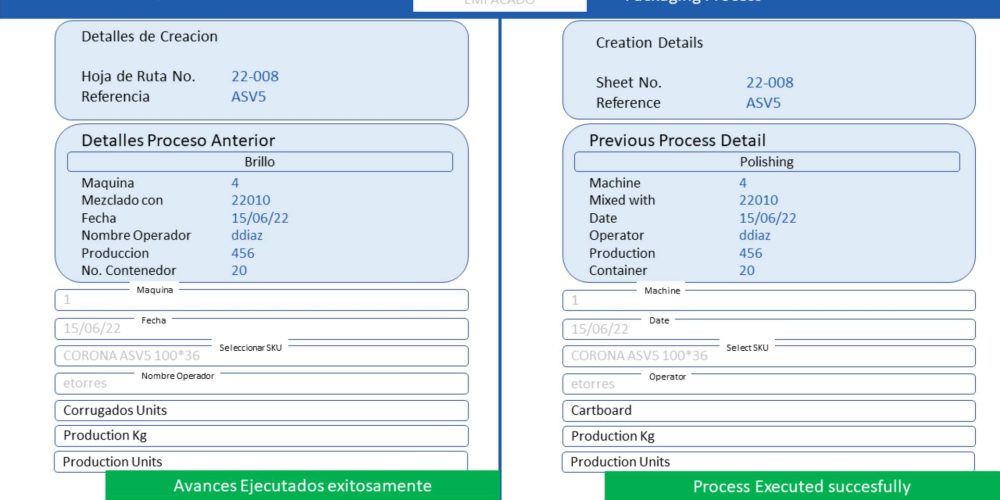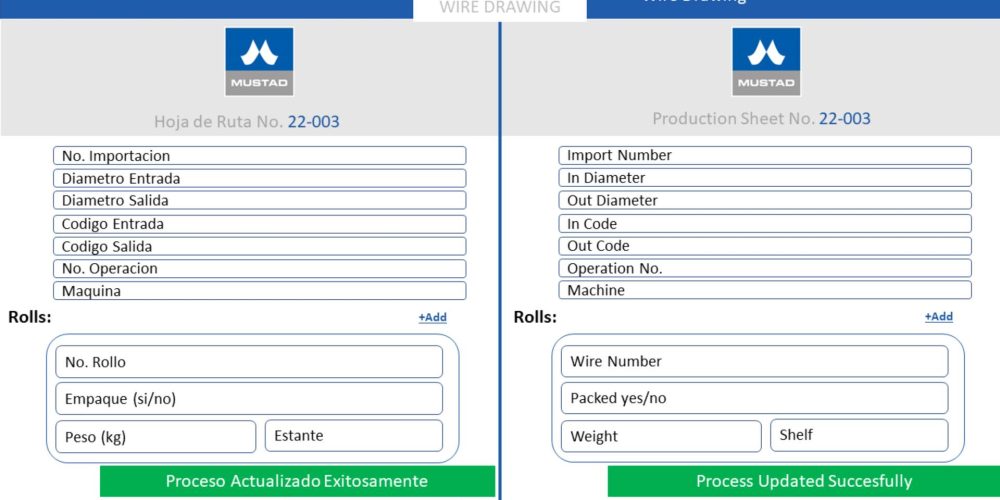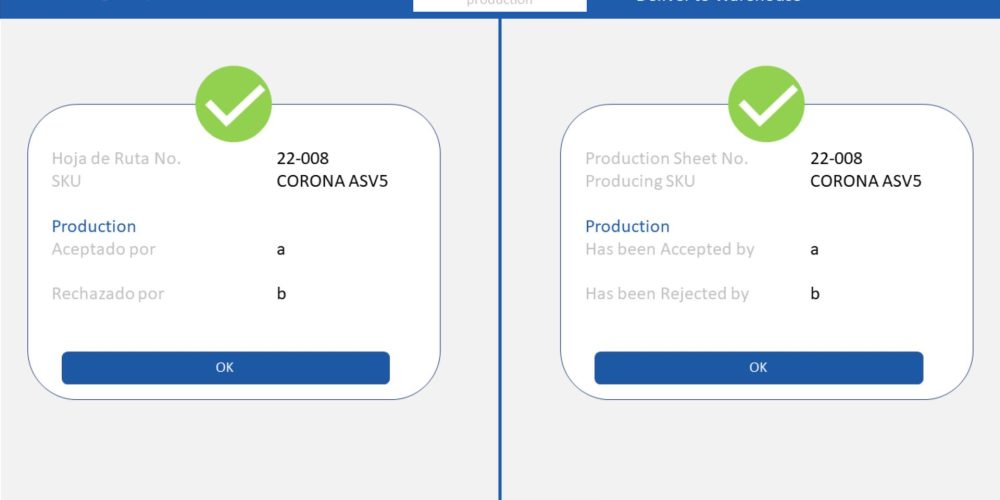Why Explainable AI is the Future?

Artificial intelligence (AI) is rapidly transforming our world, quietly influencing everything from the movies we recommend to the ads we see. But with this growing power comes a crucial question: can we understand how these AI systems make decisions? This is where Explainable AI (XAI) steps in, aiming to shed light on the often-opaque world of AI and build trust between humans and machines.
Imagine you're applying for a loan. Traditionally, a loan officer would assess your application and explain their decision. But with AI, complex algorithms might analyze your data and approve or deny your request without any explanation. This lack of transparency can be frustrating and raise concerns about fairness. XAI aims to bridge this gap by making AI models more interpretable, allowing us to understand the "why" behind their decisions.
Why is Transparent AI Important?
There are several reasons why XAI is becoming increasingly important:
- Trust and Adoption: For people to trust and rely on AI systems, they need to understand how they work. Unexplained decisions can breed suspicion and hinder the adoption of AI in various fields.
- Fairness and Bias: AI models are trained on data, and that data can reflect societal biases. XAI techniques can help us identify and mitigate bias in AI systems, ensuring fair and ethical decision-making.
- Regulation and Compliance: As AI becomes more integrated into society, regulations are emerging that require explainability for AI-driven decisions. XAI helps ensure compliance with these regulations.
Debugging and Improvement: By understanding how AI models arrive at their conclusions, developers can identify and fix errors, ultimately leading to better-performing AI systems.
XAI Techniques: Lifting the Lid on the AI Box
There's no one-size-fits-all approach to XAI, but here are some common techniques used to explain AI models:
- Feature Importance: This method reveals which factors in the data most influenced the AI's decision. Imagine an AI system approving loans. Feature importance might show that income was the most critical factor, followed by credit score and employment history.
- Decision Rules: Some models can be broken down into simple rules, making their reasoning easier to follow. For instance, an AI approving emails might have a rule that says "If email contains spam keywords and sender is unknown, move to spam folder."
- Counterfactual Explanations: This technique explores what changes to the data would have resulted in a different outcome. Going back to the loan example, a counterfactual explanation could show how a slightly higher income might have changed the loan approval decision.
- Model Visualization: For simpler models, creating visual representations can help understand how they work. Imagine a flowchart illustrating the steps an AI takes to identify a cat in an image.
Benefits of XAI: A Win-Win for Developers and Users
The rise of XAI offers significant advantages for both developers and users of AI systems:
- For Developers:
- Improved Model Performance: XAI techniques can help identify weaknesses in AI models, allowing developers to refine and improve their performance.
- Debugging and Troubleshooting: By understanding how models arrive at decisions, developers can more easily pinpoint and fix errors.
- Responsible AI Development: XAI fosters a more responsible approach to AI, ensuring models are fair, unbiased, and aligned with ethical principles.
- For Users:
- Trust and Confidence: Users who understand how AI systems work are more likely to trust their decisions.
- Transparency and Accountability: XAI provides insights into the decision-making process, ensuring fairness and accountability.
- Improved User Experience: By understanding AI recommendations, users can make more informed choices and interact with AI systems more effectively.
- For Developers:
The Road Ahead: A Collaborative Effort
The field of XAI is still evolving, with researchers continuously developing new techniques. Here are some key areas of focus:
- Explainability for Complex Models: Current techniques struggle with highly complex models, and researchers are working on new methods to explain these intricate systems.
- Standardization: As XAI becomes more prominent, establishing standards for explaining different types of AI models will be crucial.
- Human-AI Collaboration: The goal isn't to replace human judgment with AI, but to create a collaborative environment where humans and AI work together effectively. XAI is vital in fostering this collaboration by enabling clear communication and understanding between humans and machines.
In Conclusion: Demystifying AI for a Brighter Future
The rise of explainable AI signifies a turning point in our relationship with AI. By demystifying the inner workings of these powerful tools, XAI fosters trust, transparency, and collaboration. This paves the way for a future where humans and AI work together as partners, leveraging each other's strengths to tackle complex challenges and build a brighter future for all. As XAI continues to evolve, it's an exciting time to be a part of this transformative journey.













